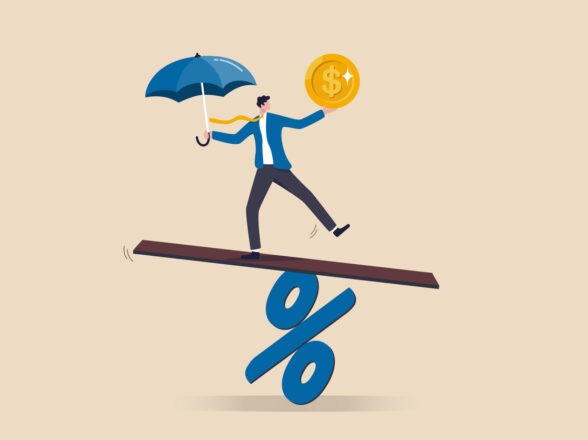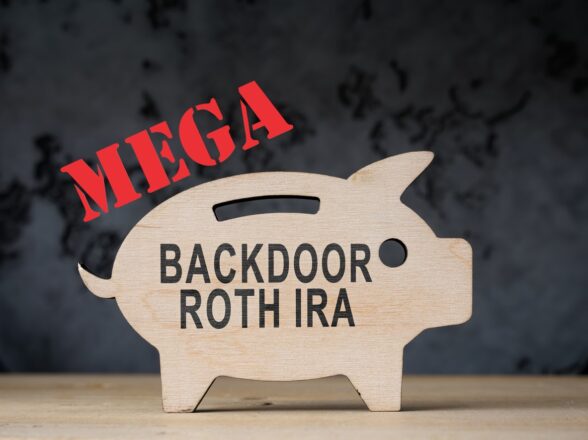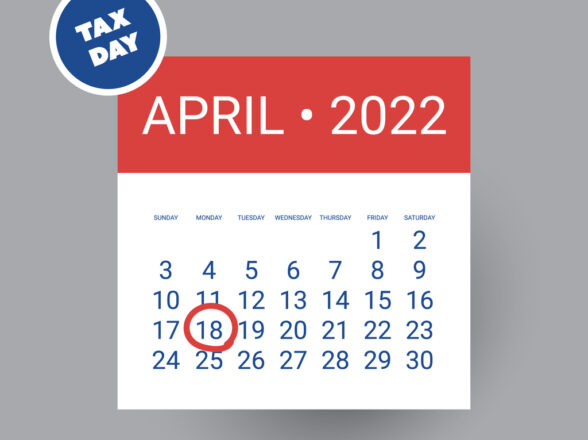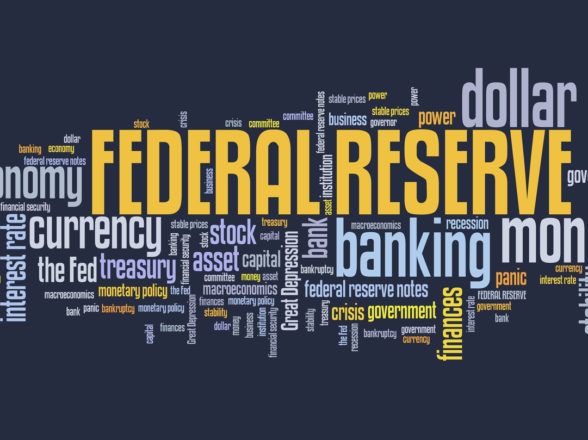Blog
Market Update August 2024: Rocky with a Hint of Smoothness

What a wild month of August we are witnessing. From panic selling on Monday, August 5 to a solid rebound since then, investors are feeling the whipsaw action of the markets full-force. What I find most interesting about this rollercoaster ride is that volatility is the norm and not the exception to the rule. When prices are bouncing around like they are currently, that creates opportunity for the brave and patient, but not for the fearful. Since we have an incredibly effective toolset to manage the volatile times, and we are more than willing to raise cash to brace against down markets, we welcome these times as a way to profit. Without question, bad times can and should = good times for our clients and us.
In my 25 years as a financial advisor, it’s been quite amazing to see some clients all want to do the same thing at the same time. They don’t know each other, they are not talking and coordinating anything as far as I know, yet they can act in unison better than an Olympic synchronized swimming team. We tend to see clumpiness in times of distress, very near when the market is about to hit a bottom and reverse, rather than everyone piling in at the top of a market.
These past three weeks have been no different. At the beginning of the month, we had more than a few clients who wanted to move everything to cash and “wait until it looks better.” Someday I will drill down and examine this phenomenon in greater detail, as it is very instructive to human psychology and how fear can drive us to make very irrational decisions.
The irony of this approach is that the point of maximum loss potential is not when things are down from the high by double-digit percentages. It’s when everyone can’t get enough of risk and stocks! So panic selling into a really bad market is not a great time to do so. The time to do so was at the peak (hard predict tops) or in the initial phase of the sell-off. Sometimes we get these extended periods of down that never seem to end, but market sell-offs tend to be quick and scary, rather than a Martin Scorsese 5-hour film.
On that note, the time is nigh to provide you a better understanding of how we view risk, and how we manage portfolios to minimize it while still seeking the right positive returns for you.
3 Ways We Manage Risk
1) Risk Score: The first way we control risk is to understand how you feel about your money, and ask a simple question, “what is your personal disposition to the ups-and-downs of the markets?”
The industry vernacular here is your ‘Risk Score.’ Unfortunately, financial advisors can really fall short here by forcing an investor into one number or one bucket, through all market conditions even though many people believe that they shouldn’t be fully invested all the time. A static risk score makes life easy for the advisor, and quite painful for investors when significant downturns happen. Creating a portfolio that reacts within the boundaries of what you find acceptable is our ultimate goal in this exercise.
This leads us directly into the next level of risk management:
2) Active Management of Risk: Static portfolios that do not react to meaningful trends in the markets are anything but optimal. Our answer to the problem is to be active, not sit on a mix of investments and hope for the best. You have to know what matters, and what doesn’t, if you are going to adjust your risk up or down when the markets are moving, and we have spent more than 25 years trying to figure this out.
Cash, and very conservative investments, are incredibly helpful in reducing risk and losses when markets are headed south, and we use them liberally when needed.
3) Portfolio Construction: whereas we are active in adjusting the risk in portfolios as market conditions dictate, we also employ built-in risk management investments via what are called, ‘Alternatives.’ An Alternative is simply a holding that can’t easily be classified into a stock, bond, or cash.
There are many different flavors here, but for us, a useful Alternative is one that tends to go up in value when the markets go down, but they don’t necessarily go down when the markets are up. Sounds like being able to have your cake and eat it too, right?
During major downturns, like the COVID pandemic or the Great Financial Crisis of 2008-2009, several of the Alternatives that we use were up double-digits while stocks were down -50% or more. This proved an incredibly effective means preserving value during a times of great uncertainty.
When added together, this trifecta of risk management techniques is well-suited to effectively handle the bumps in the road.
Outlook
We find our dashboard of data looking quite neutral today. Suffice to say, since the time we had the requests to get conservative all at once, the markets are up nicely. Could they fall further from here? You bet. The folks that really got hurt in this last episode were the ones that demanded more cash, didn’t buy into our way of managing risk, and let emotions lead the way. They could ultimately be correct in getting conservative, but as it stands today, they have cost themselves a lot of money.
Given the war drums are beating around the world, we don’t expect peace to break out anytime soon. A wild political scene in the US doesn’t help matters on top of the geo-political issues. The economy is finally cooling off, but maybe too much? The U.S. national debt interest expense is now more than 25% of tax revenue, and getting worse by the day. There is no lack of very foundational issues facing markets, and we remain vigilant to protect asset values should any one of these attempt to bite us in the heel.
































































































